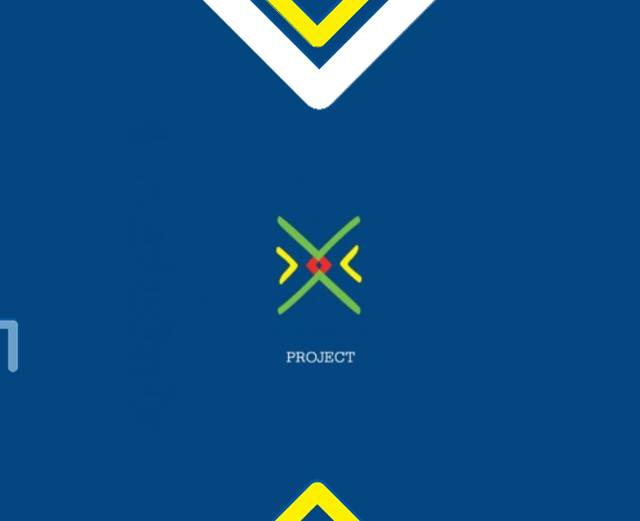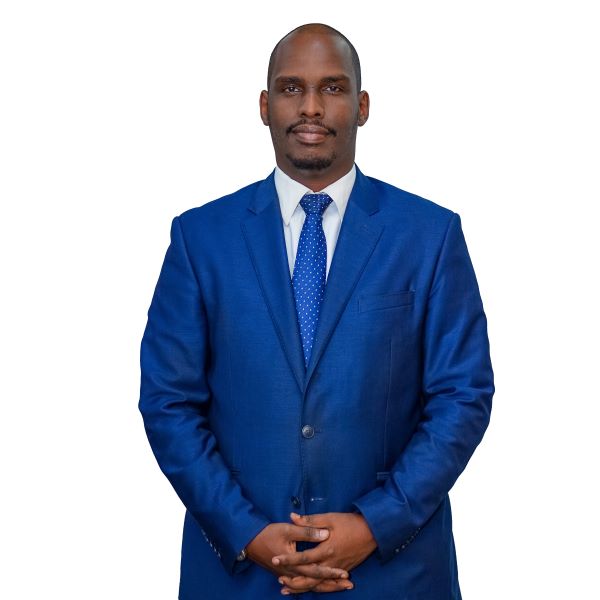
Our Projects are
Transforming African Trade
Quick Contacts
2nd Floor, Fidelity Insurance Centre Waiyaki Way, Westlands



Population (Millions)
Million 2020
GDP (Billions)
2020
GDP Growth
2020
Inflation
2021
With a surface area of 27,830 sq km, an estimated population of 11.5 million inhabitants, and a landlocked territory, Burundi faces economic challenges including high transport costs, a high trade deficit, and a narrow export base. Burundi’s economy is heavily reliant on the agricultural sector, which, despite the paucity of arable land, employs 80% of the population
GDP growth improved to an estimated 3.8% in 2018, following a 0.2% contraction in 2017. This slight recovery in GDP was due to resurgence in the services sector (7.4%) and increased production of key export items such as coffee and tea. Manufacturing and agro-processing also contributed to the recovery by growing at 3.2%.
Economic growth is projected to continue at a slower pace— 0.4% in 2019 and 1.2% in 2020.
Burundi’s most vulnerable in society remain at risk as the economy slowly stabilises. Private sector investment and more inclusive trading opportunties are needed for continued growth. Whilst improvements have been made in connecting Burundi to the region through the Northern and Central corridors, a supply response is in need of improvement. TMA has adopted a market-integrated approach to economic development to address this contraint. The programme in Burundi focuses on investments in high potential areas and offer a mechanism for supporting vulnerable groups that have been socio-economically disadvantaged as a result of past political instability, thus integrate them into regional trade players.
Women’s economic empowerment remains a key cross-cutting issue. In line with TMA’s strategy, we deliver programming based on a short term, medium term and long term approach.
In the short term,the programme leans towards private sector driven projects. Over the medium term, should the country macro-economic and governance structure stabilise, the programme shall strongly re-engage with wider public sector entities and diversify its portfolio by investing in trade facilitation measures.
Whilst improvements have been made in connecting Burundi to the region through the Northern and Central corridors, a supply response is more or less in need of improvement. In Strategy 2, and in line with the country context, TMA will adopt a market-integrated approach to economic development to address this constraint. The programme in Burundi is designed to focus investment in high potential areas and offer a mechanism for supporting vulnerable groups that have been socio-economically disadvantaged as a result of Burundi crisis, thus integrate them into regional trade players.
Women’s economic empowerment remains a key cross-cutting issue. In line with TMA’s strategy, we deliver programming based on a short term, medium-term and long-term approach.
In the short term, the programme leans towards private sector-driven projects. Over the medium-term (second and third year of Strategy 2), should the country macro-economic and governance structure stabilize, the programme shall strongly re-engage with wider public sector entities and diversify its portfolio by investing in trade facilitation measures. A more substantive programme is also envisioned after year 3, where TMA will up scale projects in line with the country context that will be prevailing. Programming is premised on the assumption that Burundi’s socio-economic context will further stabilise to allow for continued and stronger engagement. TMA continues to adapt its programme to the conditions of fragile and conflict-affected states.
| Complementary work for Kobero OSBP (including IBM) | Improved efficiency of cross-border infrastructure at OSBP Kobero |
|---|---|
| Gatumba/Kavinvira OSBP (DRC/ UVIRA – including IBM) and the secondary border posts | Improved efficiency of cross border infrastructure at Gatumba/Kavinvira and at 7 selected secondary border posts |
| Upgrade the Port of Rumonge | Improved efficiency of port infrastructure at Rumonge. |
| Safety and navigation on Lake Tanganyika | Improved efficiency of port infrastructure at Bujumbura and Rumonge |
| Elimination of Non-Tariff Barriers | Improved effectiveness of mechanisms and institutional coordination to respond to elimination of NTBs affecting exports from and imports to Burundi. |
|---|---|
| Quality and Standards | Improved national framework for managing trading standards across the EAC |
| Trade processes and systems enhancement | Improved efficiency in processing and approving key trade and transport transactions to fulfill import, export, and transit related regulations in Burundi |
|---|
| Regional Trade integration- policy and trade policy support | Enhanced EAC regional integration for trade |
|---|
| Enhance advocacy for trade led by private sector and civil society | Enhanced quality of private sector/ civil society-led policy formulation for trade; Enhanced policy/regulatory environment for women traders and SMEs |
|---|
| Improve logistics infrastructure capacity and services in Burundi | Enhanced logistics infrastructure capacity in Burundi; Enhanced capacity in provision of trade logistics services in Burundi |
|---|
| Export growth for export ready businesses, trade in services,market research and understanding the market dynamics | Increased revenues and export in TMA targeted areas and sectors |
|---|
| Women export growth for women export ready businesses and cross border trade | Increased access to market and trading information by women traders |
|---|
Improved physical infrastructure that is fit for purpose will contribute to reducing the time that it takes for goods to cross the Burundi-Tanzanian border, which will in turn contribute to reducing trade costs in East Africa

Burundi Bureau of Standards (BBN) simplify and increase the transparency of import/export procedures; producers improve the quality of products produced; bureau of standards staff and producers improve their understanding of standards and requirements. Together, the results lead to national bureau of standards improving efficiency and effectiveness of testing.

The NMC Coordinator is fully operational; An NMC Strategy is elaborated and validated; a National Action Plan is elaborated and implemented. Together these results will lead to the strengthening of the NMC for the elimination of NTBs in Burundi


Christian Nibasumba is the Country Representative of TradeMark Africa in Burundi since 2019, where he oversees operations and works closely with government agencies, the donor community, private sector, and civil society organizations to steer TMA ambitions in Burundi.
With fourteen years’ work experience in various functions, primarily in economic development as well as program and grants management, Christian has in his previous career, served as Africa Regional Advisor on Economic Inclusion at Christian Aid, Grants Manager of the Public Diplomacy Section at the United States Embassy in Bujumbura, and Deputy Director of the Burundi Business Incubator.
He holds a Master’s degree MBA-Finance from United States International University-USIU-Nairobi and a Bachelor’s degree in business management & administration from Uganda Martyrs University. In 2018, Christian took part in the “Leading Economic Growth” program at Harvard Kennedy School, Boston-USA. Christian is a Certified “Business Edge” Trainer, a program by the IFC- World Bank and Alumnae of the French African Foundation. Christian additionally sits on KCB Burundi board as an independent/non-executive director, since 2021
Email:Christian.nibasumba@trademarkafrica.com
Phone:+257 22 277 101